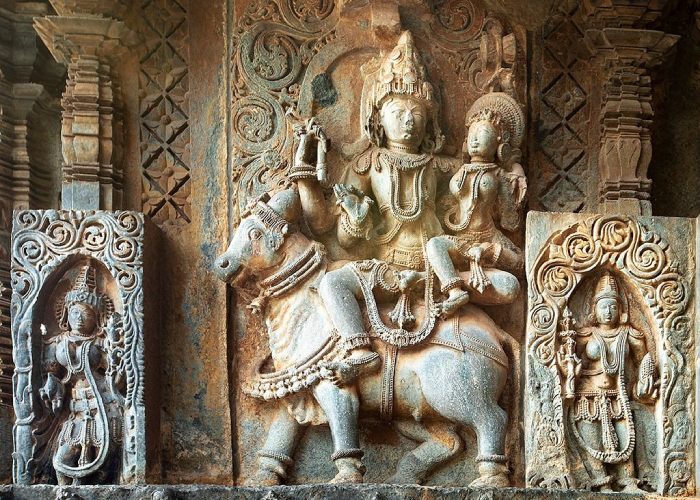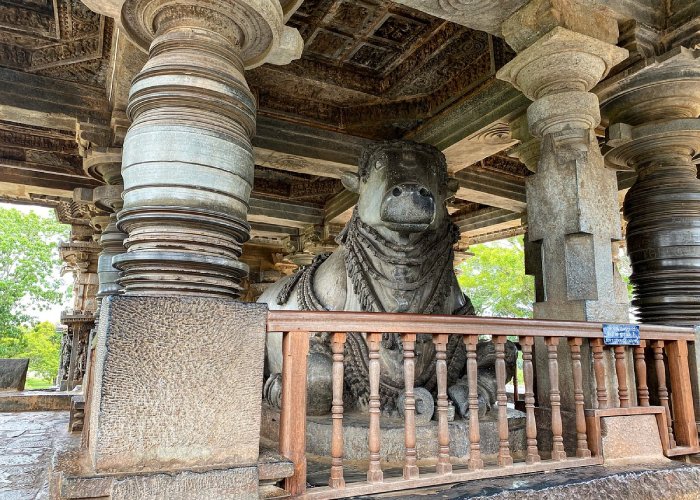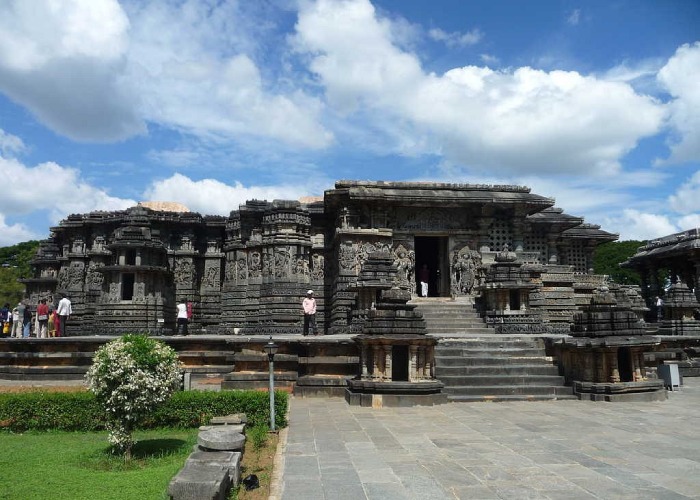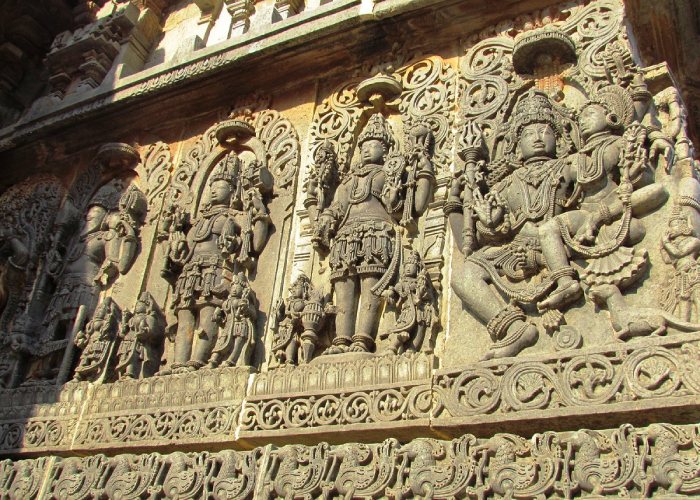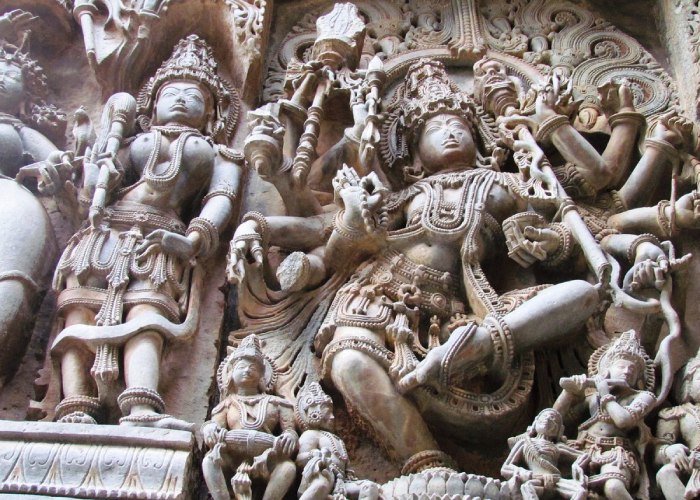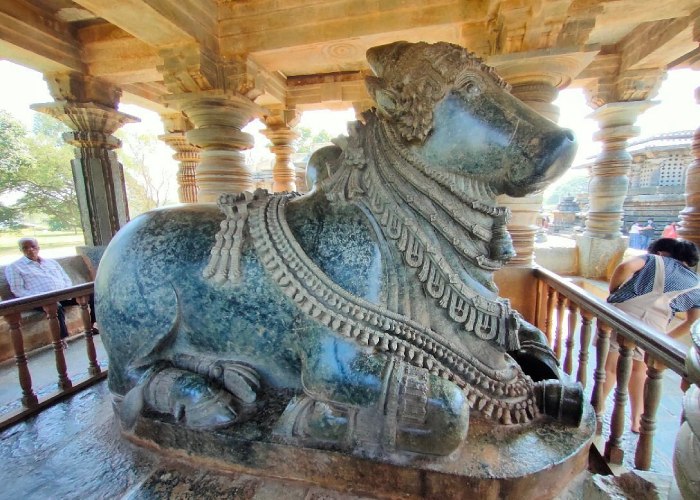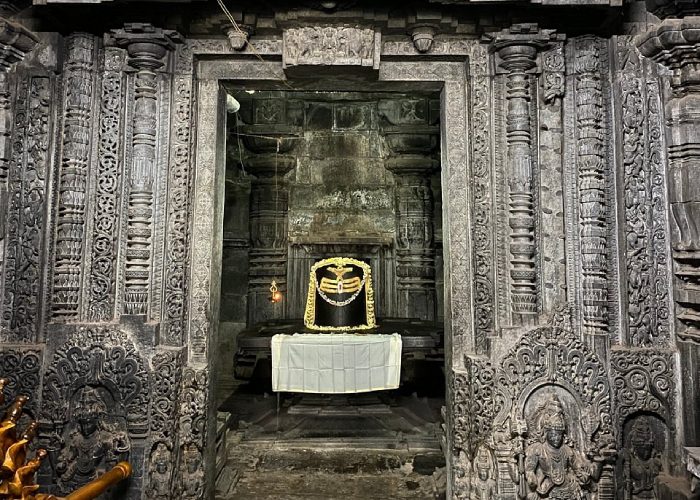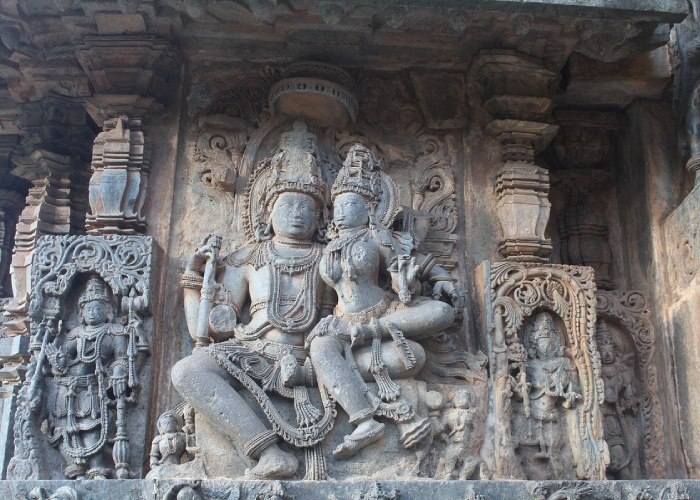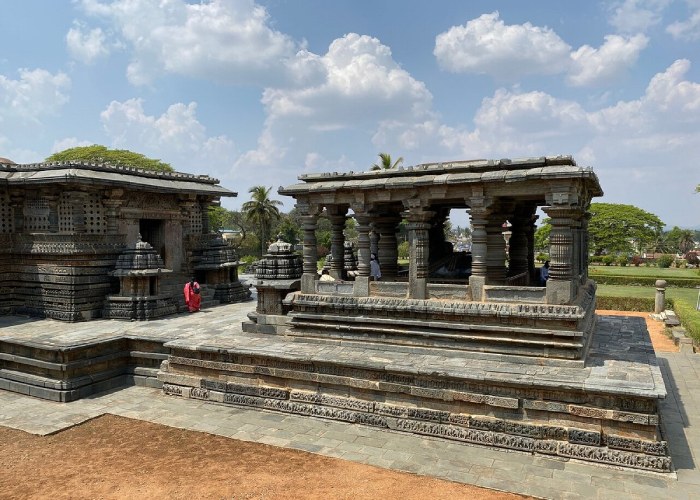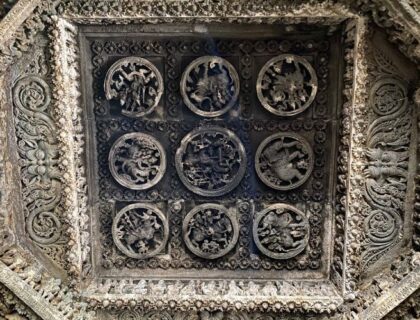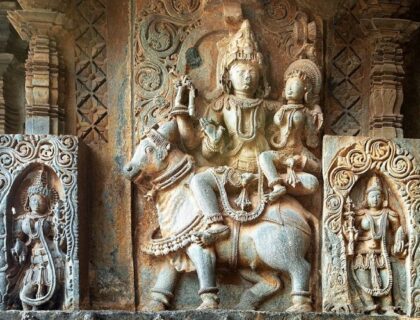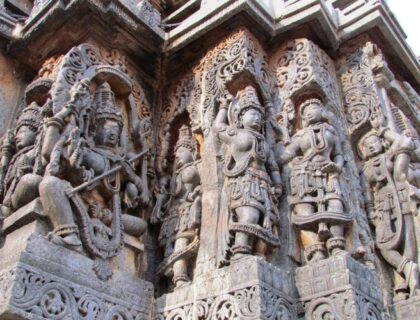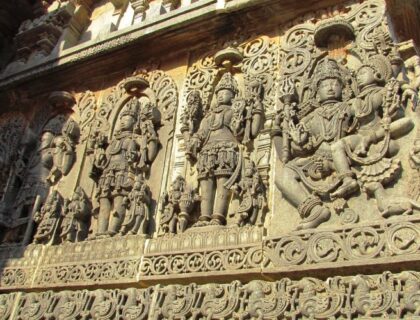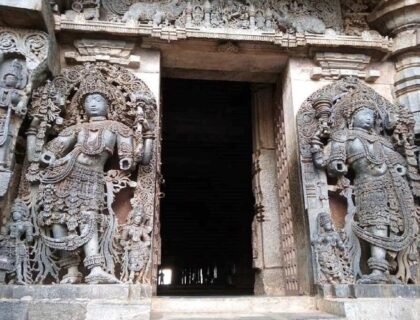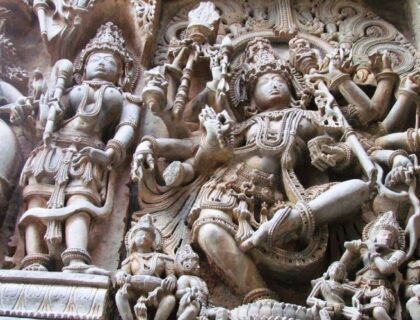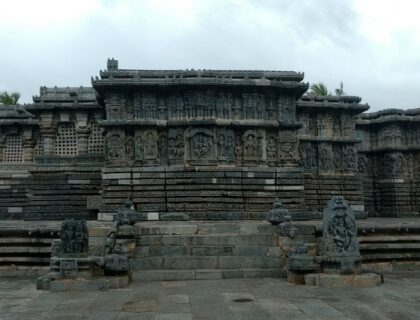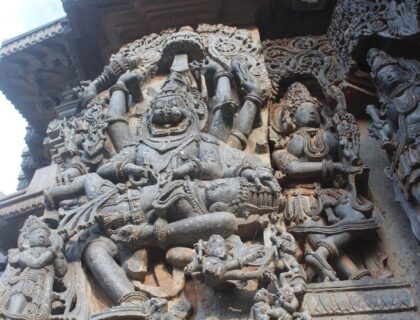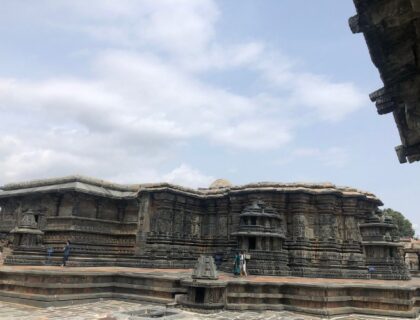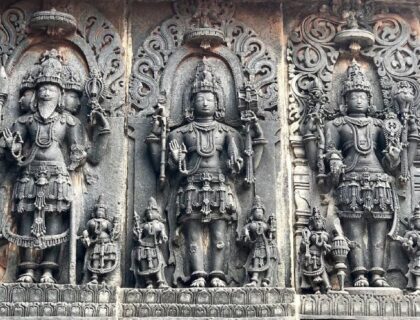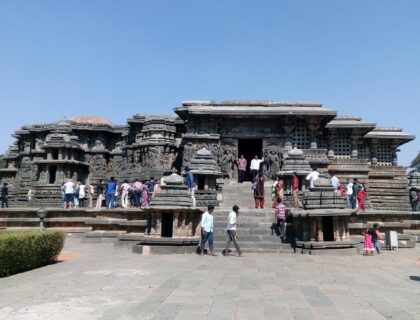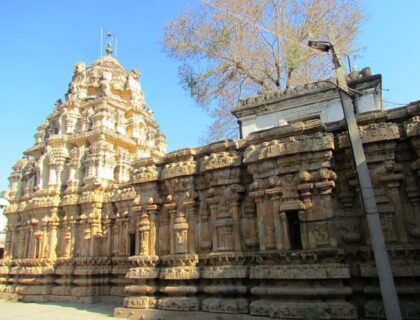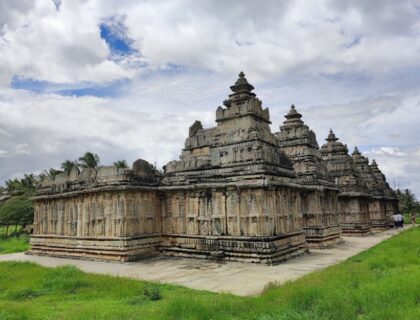Hoysaleswara Temple Halebidu
The Hoysaleswara Temple also known as the Halebidu temple is a Hindu temple dedicated to Lord Shiva that dates back to the 12th century located in Halebidu, Karnataka. It is the most significant monument in Halebidu, a town in the Indian state of Karnataka and the former capital of the Hoysala Empire. The temple was sponsored by King Vishnuvardhana of the Hoysala Empire and was built on the banks of a large man-made lake.
Its construction began around 1121 CE and was finished in 1160 CE. The Hoysaleswara temple is dedicated to Lord Shiva and exhibits Hoysala architectural style. The Hoysaleshvara temple was one of the first to be built in the city and has remained one of the most visible.
Overview of Hoysaleswara Temple
The Hoysaleswara temple is a Shaivism tradition monument that reverently incorporates many themes from the Hindu traditions of Vaishnavism and Shaktism, as well as images from Jainism. The Hoysaleswara temple is a twin temple dedicated to the Hoysaleswara and Santaleswara Shiva lingas, which are both equal and joined at their transept. Outside, there are two Nandi shrines, with each seated Nandi facing the respective Shiva linga inside.
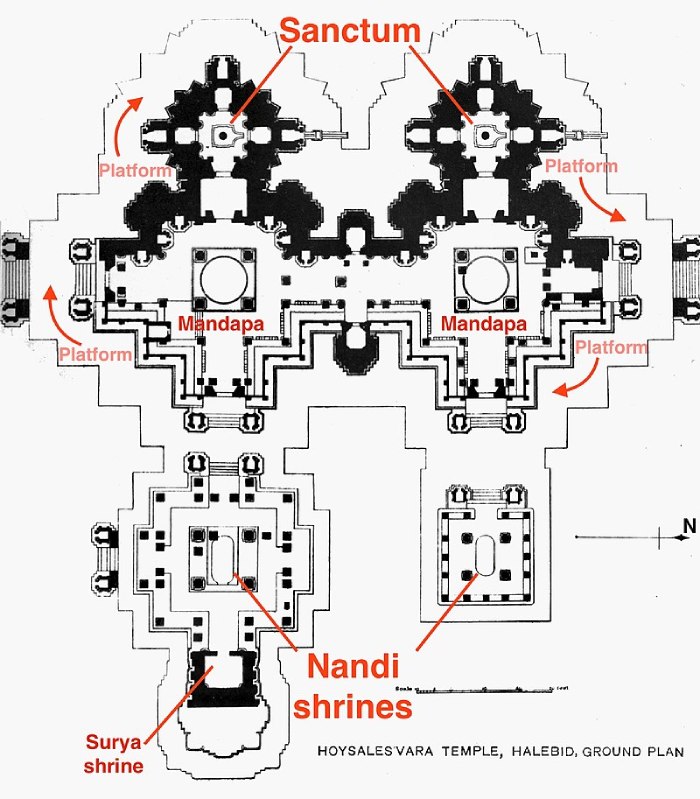
A smaller sanctum for the Hindu Sun god Surya is included in the temple. It used to have superstructure towers, but they are no longer present, and the temple appears flat. The temple faces east, but the monument is accessed from the north. Both the main temples and the Nandi shrines have a square design. Soapstone was used to carve the temple.

It is famous for its sculptures, intricate reliefs, and detailed friezes, as well as its history, iconography, and inscriptions in North and South Indian scripts. The temple artwork offers a visual representation of life and culture in 12th-century South India. Around 340 large reliefs depict Hindu history and legends.
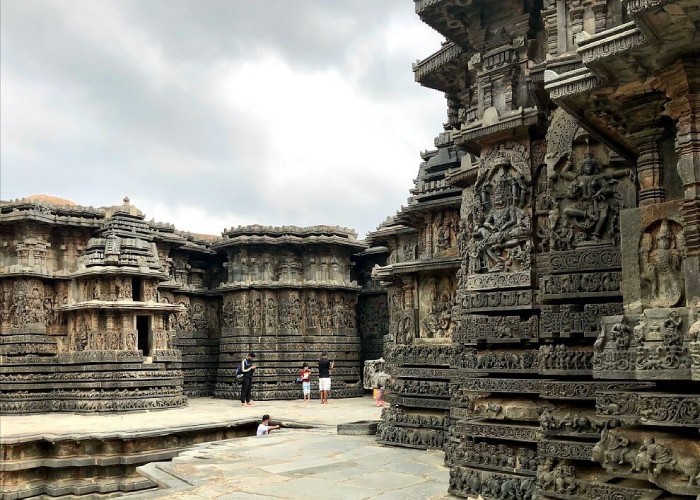
Numerous smaller friezes tell the stories of Hindu texts such as the Ramayana, Mahabharata, and Bhagavata Purana. Some of the narrative episodes are depicted on friezes beneath large reliefs.
History of Hoysaleswara Temple
The Hoysala period of South Indian history lasted from around 1000 CE to 1346 CE. During this time, they constructed approximately 1,500 temples in 958 centres. Halebidu was once known as Dorasamudra, possibly derived from Dvarasamudra (Sanskrit words “Dvara” (gateway, door) and Samudra (ocean, sea, large water body). Belur, Karnataka, was once the capital, but under King Vishnuvardhana, Dorasamudra became the established capital and served as the Hoyasala Empire’s capital for nearly 300 years.
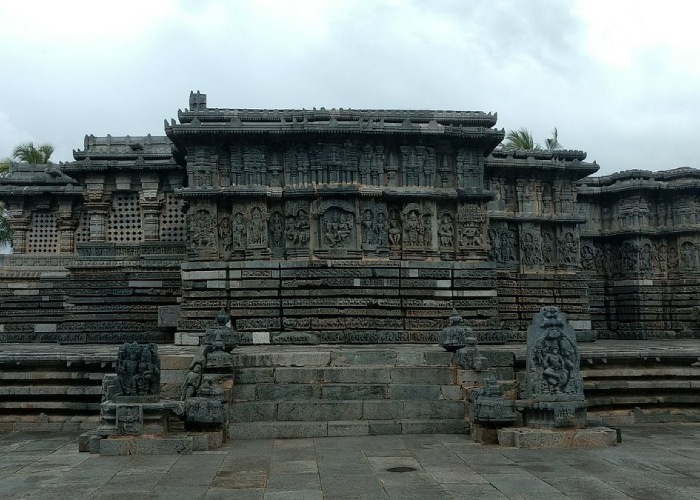
An inscription found about five kilometres from the temple site, near the Kallesvara temple ruins in Ghattadahalli, states that this temple was built by Ketamalla, an officer in the service of King Vishnuvardhana. It also mentions that the king granted lands to support the construction, operation, and upkeep of the Shiva temple in Saka 1043, or 1121 CE.
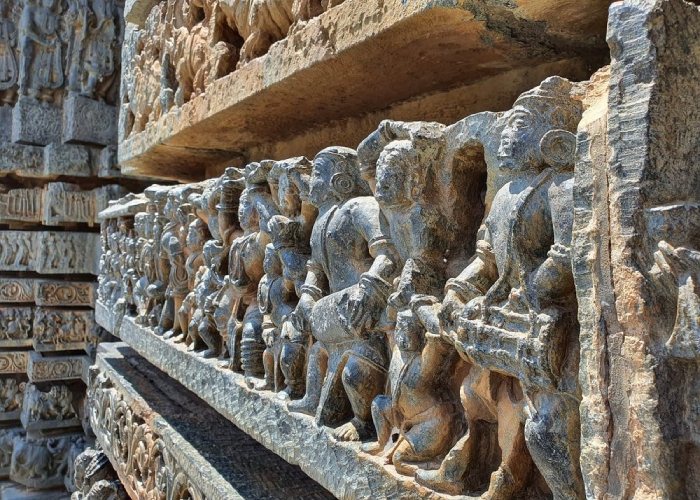
It was not the only temple constructed during that period. According to the inscriptions, the capital included numerous other Hindu and Jain temples, as well as step wells, ponds, and mandapas (mandapas, public halls) near the large Dorasamudhra lake. It is the largest temple dedicated to the Hindu god Shiva built by the Hoysalas in South India.
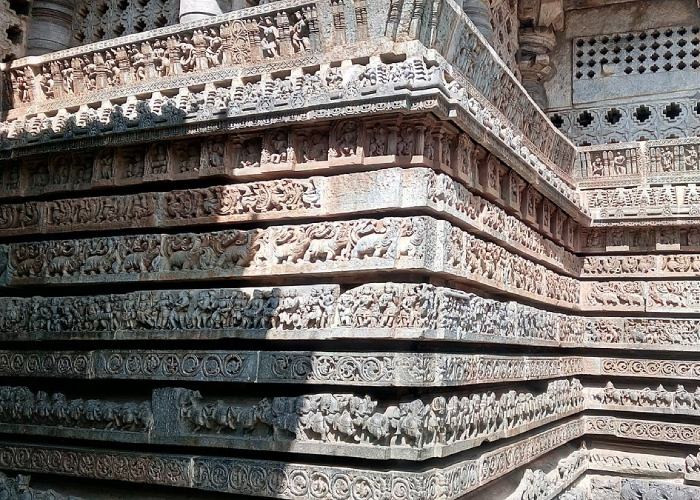
The Hoysala Empire and its capital Dorasamudra were invaded, plundered, and destroyed in the early 14th century by the Delhi Sultanate armies of Alauddin Khilji, with Belur and Halebidu becoming the target of plunder and destruction in 1326 CE by another Delhi Sultanate army of Sultan Muhammad bin Tughlaq. The Vijayanagara Empire seized control of the territory. According to James C. Harle, the Hoysala kingdom ended in the mid-14th century, when King Veer Ballala III was killed in a battle with the Muslim army of the Madurai Sultanate.
The Architecture of Hoysaleswara Temple
The Hoysaleswara temple is a twin temple, or dvikuta vimana (plan with two shrines and two superstructures). The two temples are the same size, and their sanctums face east, towards sunrise. Both the sanctums of “Hoysaleswara” (the king) and “Shantaleswara” (the queen, Shantala Devi) contain a Shiva linga. Outside the main temples, on the east side, are two smaller shrines, each with a seated Nandi. To the east of the southern Nandi shrine is a smaller attached Surya shrine with a 7-foot (2.1-meter) tall Surya statue facing the Nandi and the sanctum.

The temple has unique carvings and a design that includes two shrines, one for the King and one for the Queen. It has thousands of figures on the walls depicting scenes from the Mahabharata and Ramayana. It was built in soapstone and reflects Hoysala architecture. The temple’s outer walls are intricately carved, and it has been described as an outstanding example of Hindu architecture.

The temple has four entry porches, and the main shrine faces east. Inside the temple, there are beautiful sculptures and paintings. At the temple’s entrance is a statue of a dancing Ganesha. The temple contains over 240 images, and no other temple has as many intricate sculptures.
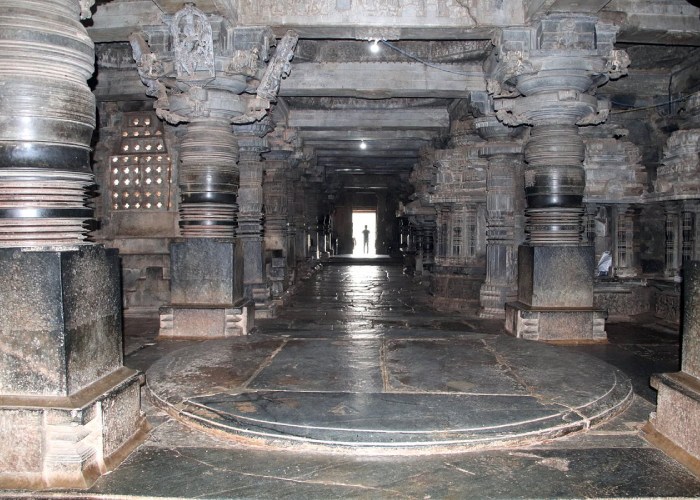
The most interesting part of the temple is the Garuda Sthamba, a rare pillar depicting the history of the bodyguards who once lived with the Kings. These bodyguards committed suicide after their master died, and this pillar honours a bodyguard named Kuruva Lakshma, who committed suicide after his master died. On the pillar, the event is described in detail. UNESCO has designated this temple as a world heritage site.

The entire temple complex is built on a jagati (literally, a worldly platform). The platform is 15 feet wide and wraps around the temple’s outer walls, allowing visitors to walk on it and view the artwork clockwise while circumambulating the sanctums. It is known as the pradakshina-patha (circumambulation path). The smaller shrines are connected by stone stairs to the main temple and share the same jagati. The two sanctums are aligned north-south, both face east, and each has a mandapa (also spelt mantapa, community hall) in front. The two mandapas are linked, revealing a large, open navaranga for family and public gatherings.
Important Facts About Hoysaleswara Temple
- The temple was built between the years 1120 CE and 1150 CE in the 12th century. The temple was built by King Vishnuvardhana of Hoysala.
- Hoysaleswara Temple is thought to have been named after Vishnuvardhana Hoysaleswara.
- The Vaishnava temple Chennakesava Temple is thought to have been built around this time. To compete with the Chennakesava Temple, the Shaivas built the Hoysaleswara Temple.
- The Hoysaleshvara temple in the village of Halebidu, in the southwestern Indian state of Karnataka, is one of the most ornately carved structures in South Asia.
- The Hoysaleshvara temple was one of the first to be built in the city and has remained one of the most visible. Standing on a star-shaped platform, the temple is made out of soapstone.
- Because of the presence of projections and recesses, the temple structure of the Hoysaleswara temple is considered to be very complex.
- While the temple’s exteriors are adorned with fine sculptures, the interiors are relatively simple.
- The temple complex contains two temples: one dedicated to Hoysaleswara and the other to Shantaladevi, the queen of King Vishnuvardhana, who built the temple. Both these temples have separate shiv lings and nandis.
- Other shrines dedicated to other gods and goddesses can be found within the temple complex. One of the shrines honours the Sun God.
- The temple’s ceiling is also distinctive. This section of the temple, known as Sunakasi, is decorated with miniature roofs and ruined attics.
- This temple houses a 7-foot-tall statue of the Sun God as well as a massive stone bull (Nandi, Lord Shiva’s Vahana).
Another wonder of the Hoysaleswara temple is the set of Lord Ganesha sculptures. - This magnificent structure has been hailed as a model of Hoysala architecture. The temple’s exterior walls are adorned with magnificent stone sculptures and intricate carvings.
- When the Hoysaleswara temple was built, it was named Dwarasamundra. The temple was twice ransacked by Delhi sultans in the 14th century. As a result, the city was dubbed Haldebeedu, which translates to “ruined city.”
- In the 14th century, Muslim invaders tried to destroy and loot the temple but somehow the king managed to restore the temple.
- The Shaivas (Lord Shiva devotees) paid for the Hoysaleswara temple’s construction.
- The Hoysaleswara temple’s layout is also well-defined, so each sculpture is easily visible.
- Another significant feature of the site is the museum within the temple complex. This is a treasure trove of excavated sculptures, wooden crafts, maps, and photographs of deities and temples.
- The temple is now under UNESCO World Heritage Sites and managed by ASI. No Puja rituals are performed in this temple.
Best Time to Visit Hoysaleswara Temple
This place is heavenly and spiritual; you can visit it all year. The best time to visit this temple, however, is during the monsoon and winter seasons. During the monsoon season, this location receives moderate to heavy rainfall, making it appear heavenly with its greenery and bringing freshness elsewhere.
How to Reach Hoysaleswara Temple
By Air: The nearest major airport to Halebidu is Mysuru’s domestic airport (about 150 km/93.2 miles away) for domestic travel and Bengaluru’s Kempegowda International Airport (about 230 km/143 miles away) for international and domestic travel.
By Rail: The nearest railway station to Hoysaleswara temple is the Hassan Railway Station which is 30 km away.
By Road: Bangalore is well-connected to Halebidu via NH 48 and the state highway to Belur. You can also take an alternate route that connects Halebidu and Hassan.
Also Read – Chennakeshava Temple Belur
Support Us
If our content helps you even 1% in gaining information about the temple, please support us by contributing any amount, our UPI ID is - q417999792@ybl Or pay using QR CODE >>> Click Now
Location
Facilities
- Drinking Water
- Pooja Item Shops
- Prasad Shops
- Restaurants Nearby
- Resting Room


